Customer journey map stages are the bedrock upon which your maps are built, giving a firm foundation for understanding and improving the customer experience. They are what you visualize on your map after creating a customer persona.
However, a customer journey that your customers, buyers, employees, or representatives of any other target audience segments take is often more akin to a flowing river than a series of distinct steps. And it may not always be readily apparent how to neatly divide the journey into customer journey map stages.
Now, let's explore several approaches to defining and mapping your customer journey map stages, enabling you to outline them on your customer journey map effectively. By considering these strategies, you can create a robust and tailored framework that accurately represents your customers' unique path, enhancing your ability to analyze, optimize, and deliver exceptional experiences at each stage.
Contents
- 1 Customer journey map stages: definition
- 2 Define the scope
- 3 Group customer journey map stages by touchpoints
- 4 Determine customer goals
- 5 Take advantage of affinity mapping
- 6 Analyze tasks
- 7 How can you improve each customer journey stage?
- 8 Avoid these mistakes
- 9 Check out UXPressia’s ready-to-go templates
- 10 Wrapping up
Customer journey map stages: definition
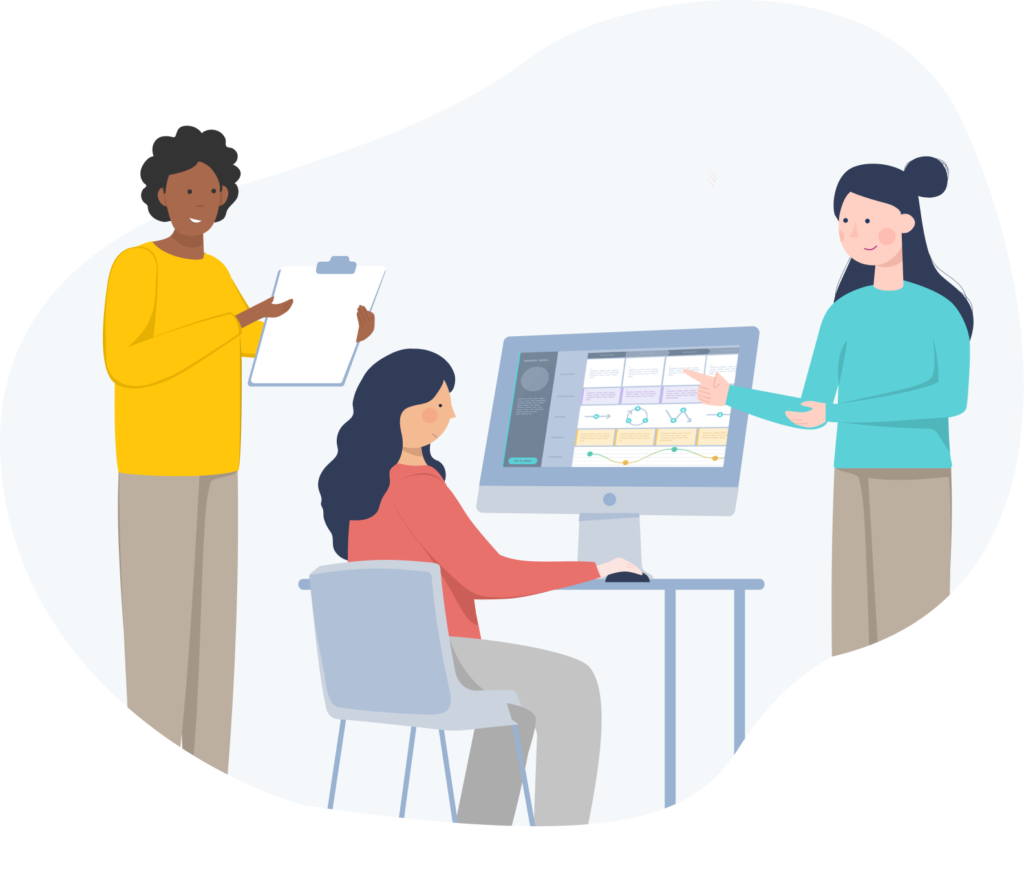
The customer journey mapping process involves customer journey map stages. Those are the customer journey phases a customer persona goes through when interacting with a business or brand. These stages are a sum of various touchpoints, actions, and emotions experienced by the customer as they progress from the initial awareness stage to post-purchase activities.
While the exact stages may differ depending on the business and industry, a typical journey map often encompasses the following stages:
Awareness stage
The customer becomes aware of the brand or product through advertising, social media, word-of-mouth, or other channels.
Consideration stage
The customer starts considering the brand or product as a potential solution to their needs. They may research different options, compare options, and seek recommendations.
Evaluation stage
Customers narrow their choices and evaluate the brand or product's features, benefits, and pricing. They may read reviews, gather more information, or interact with sales representatives.
Purchase stage
The customer decides to make the purchase. Activities at this stage may include completing the transaction, selecting payment options, and receiving order confirmation.
Onboarding stage
After the purchase, the customer enters the onboarding stage, where they learn how to use the product or service effectively. It might involve setup, tutorials, or assistance from customer support.
Engagement stage
The customer actively engages with the products or services, utilizing their features and deriving value from them. Substages may include regular usage, interactions with customer support, participation in loyalty programs, and so on.
Retention stage
The customer remains satisfied with the brand or product, leading to repeat purchases and loyalty. Efforts like personalized offers, proactive customer support, or rewards programs are vital at this stage.
Advocacy stage
Satisfied customers become advocates for the brand, sharing positive experiences on the Internet, referring others, or providing testimonials. This stage can contribute to brand growth and attract new customers.
It's important to note that the number of customer journey phases and their specific definitions may vary based on a business's unique characteristics and customer journey. The stages you end up with will serve as a framework for understanding and improving the customer experience, identifying pain points, and developing targeted strategies for each phase of the customer journey.
But where should one start?
Define the scope

It's crucial to determine the specific part of the customer journey you want to focus on.
You can get a bird's-eye view of the end-to-end journey by concentrating on high-level client journey stages, such as awareness, consideration, preference, action, and loyalty. This perspective lets you understand the whole journey from initial discovery to ongoing engagement after the purchase.
Alternatively, you can delve deeper and focus on specific aspects of the customer journey, identifying and analyzing areas that require immediate attention or those where you have significant knowledge.
For example, if you have a retail store, you can zoom in on the delivery stage, carefully mapping it out to uncover customers’ pain points or opportunities for improvement.
By focusing on a specific stage, you can gain valuable insights into the customer experience at that particular touchpoint. Doing that lets you identify opportunities to optimize processes, enhance customer satisfaction, and foster loyalty. This focused approach enables you to address critical areas of your business while still considering the broader context of the entire customer journey.
Group customer journey map stages by touchpoints
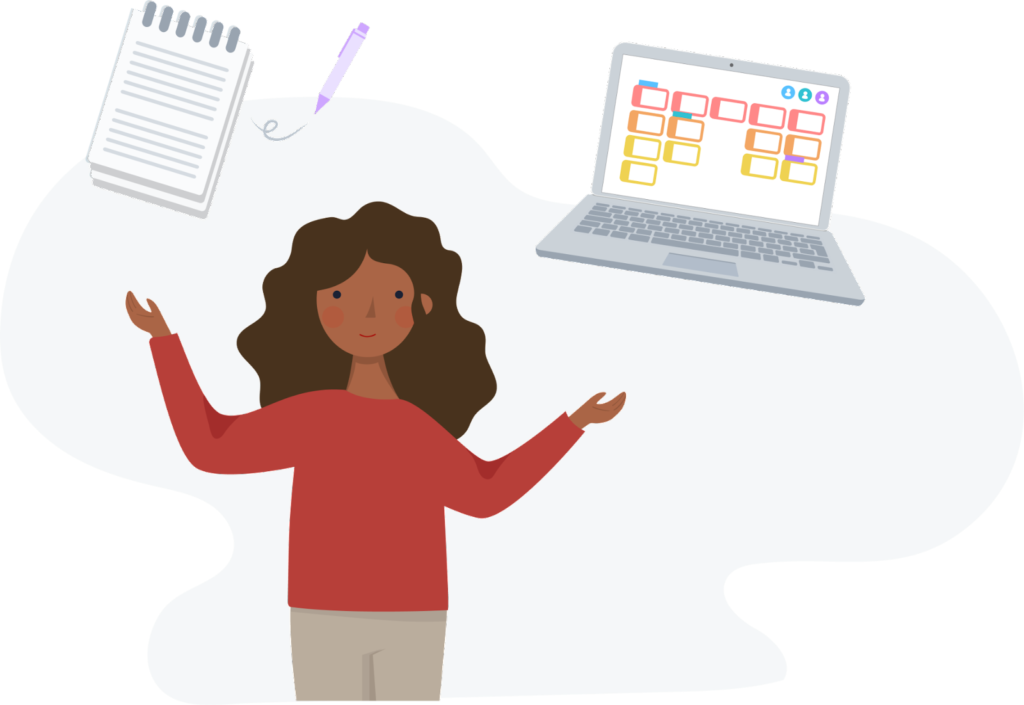
Now that you've established the scope of your map, the next step is to identify its client journey stages. One effective approach is to closely examine a customer’s various touchpoints throughout their journey and categorize them into groups based on their similarities.
For this purpose, analyze the customer interactions and touchpoints from the initial point of contact to the final engagement. Look for patterns, recurring themes, and commonalities among these touchpoints. For example, you may find out that certain touchpoints involve information gathering or decision-making, while others focus on transactional or post-purchase activities.
By identifying these touchpoint groups, you can start to shape the stages of your customer journey map. These stages reflect the logical progression of the customer's experience and help you understand their key milestones and transitions.
Example: A customer journey with a travel agency
To illustrate the process, let's consider a customer journey within the context of a travel agency. Put yourself in the shoes of a customer seeking a vacation destination. Now, think about all the potential touchpoints you are likely to encounter when utilizing the travel agency’s services. By envisioning this scenario, you can generate a comprehensive list of touchpoints, which will aid in determining the stages of the customer journey.
The touchpoints in this example could include:
- doing initial research on the agency's website or social media platforms;
- engaging with customer reviews;
- reaching out to the agency via phone or email for inquiries;
- interacting with a travel agent;
- exploring various vacation options;
- receiving personalized travel recommendations;
- discussing and finalizing the itinerary;
- making reservations;
- receiving travel documents;
- experiencing the trip itself;
- and providing feedback or testimonials.
Once you have compiled this list of touchpoints, you can easily derive suitable names for the customer journey stages. For instance, the stages may include "Discovery and Research," "Consultation and Personalization," "Booking and Reservation," "Preparation and Documentation," "Travel Experience," and "Post-Trip Evaluation."
Example of turning touchpoints into stages:
- Checking out searching results, watching Google ads → Research
- Visiting the agency’s home page, pricing, and other pages → Choosing
- Meeting the company’s staff, sending emails, filling-out contact form → First contact
- Reading trip proposals, getting booklets and brochures → Selecting a trip
- Filling in the payment form, signing the contract → Paying for the service
- Getting the list of necessary docs → Collecting the docs
- Chatting with a customer support agent → Support
- Typing in the feedback form, sending a review email → Feedback
Determine customer goals
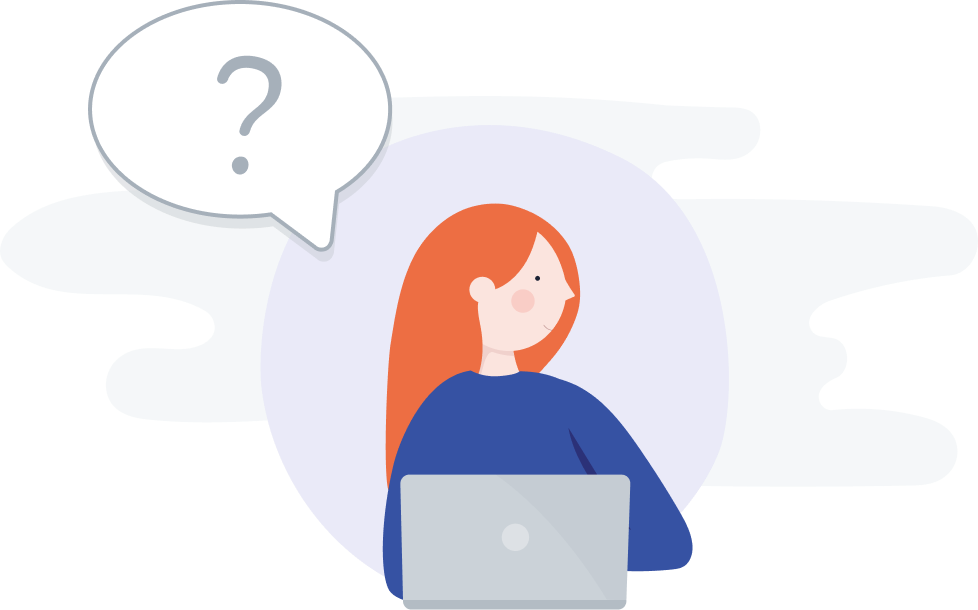
Another approach to defining stages is by analyzing customer goals. Each stage of the journey map is like a series of subgoals that customers strive to accomplish to fulfill their ultimate objective—the reason why they opted to use your products or services. To effectively identify these subgoals, it can be helpful to put yourself in your customers' shoes and consider things from their perspective.
What are the specific objectives or subgoals they seek to accomplish with your help? For example, in the travel agency context, customers may have subgoals such as finding the perfect destination, securing the best deals, quickly getting through the booking process, and ultimately experiencing a memorable and enjoyable vacation.
By understanding these subgoals, you can align your customer journey map stages more precisely with your customers' needs and desires. Doing so enables you to tailor your product or service offerings to better address the subgoals, ultimately increasing customers' satisfaction and loyalty.
In our example, once customers have selected a travel agency, their next subgoal is to choose a suitable trip package, marking the commencement of a new stage in the customer journey. Here, customers may explore various vacation options, compare destinations, consider factors such as budget, duration, and activities, and evaluate the benefits of different packages.
Take advantage of affinity mapping
An affinity map is a tool for organizing and making sense of complex data by grouping related ideas and concepts. It serves as a visual framework that helps structure a broad range of ideas, enabling more effective analysis and understanding. When it comes to drafting customer journey map stages, affinity maps can be a powerful asset.
To utilize an affinity map for customer journey mapping purposes, follow these steps:
1. Brainstorm. Think of all the real or hypothetical actions that customers will perform while pursuing their end goal.
2. Record. Write down each customer action on a separate sticky note. Randomly spread notes on a large work surface so all notes are visible to everyone.
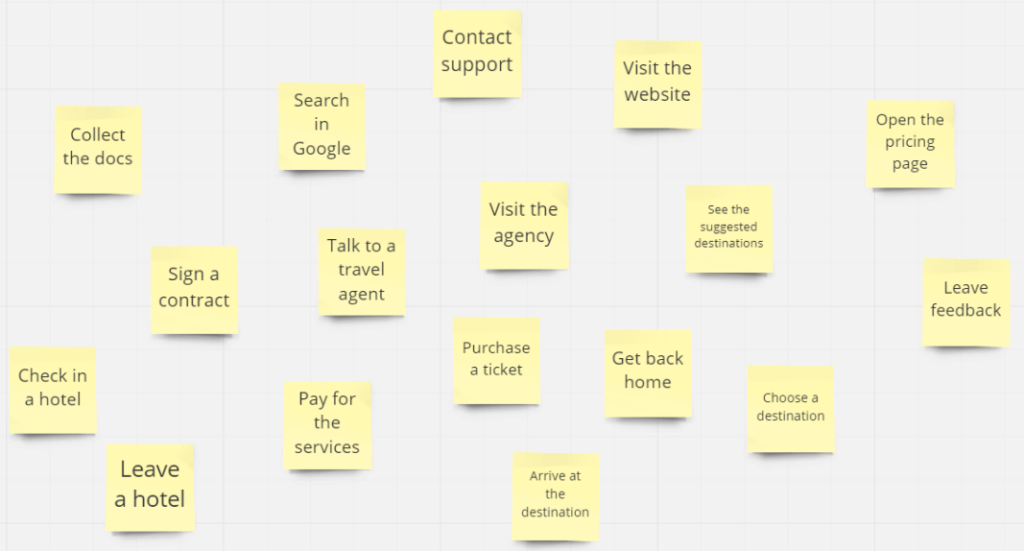
3. Analyze. Look for actions that seem related in some way and place them side by side.
4. Categorize. Once you have defined a sufficient number of relations, start grouping them based on their similarities or related themes. Look for patterns, commonalities, or connections between the ideas. As you group them, you can start identifying overarching themes or emerging categories.
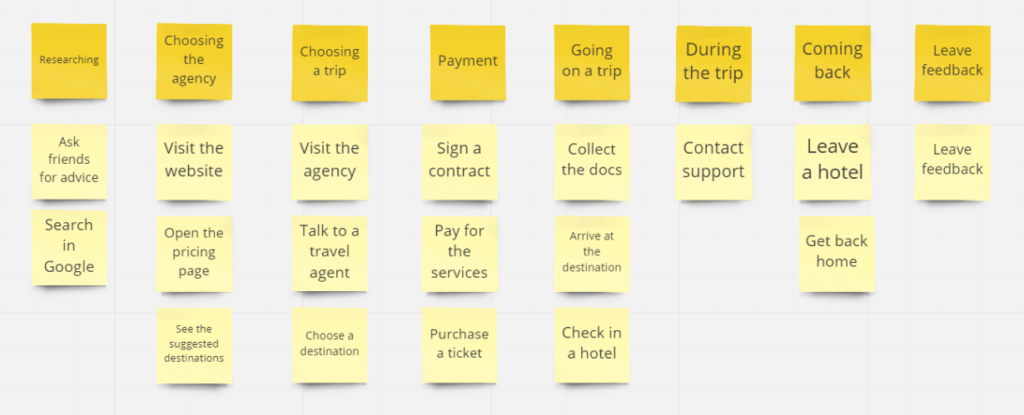
Voilà, these grouped clusters will serve as the foundation for defining your customer journey map stages.
Pro tip: Affinity maps not only help you organize and make sense of the data but also encourage collaboration and input from stakeholders. They provide a visual representation that facilitates discussions and allows us to consider everyone's viewpoints when defining the customer journey map stages.
Analyze tasks
To identify customer journey map stages, you can utilize a fundamental technique from the user experience design. This technique helps understand how users interact with a system or interface to accomplish specific tasks. It breaks down complex tasks into smaller, manageable steps to identify user goals, actions, and decision points to create more intuitive and efficient interfaces.

To conduct task analysis, you need to take several steps:
- Firstly, define the scope and purpose of the analysis. This involves identifying the specific tasks users need to perform within the system or interface under attention. For example, for an e-commerce website, tasks may include finding the desired products, adding items to the shopping cart, and completing the checkout process. Sounds like customer journey map stages, doesn’t it?
- Once you define those, the next step is to observe and gather data on how users currently perform those tasks. For example, by running user interview sessions, making direct observations, or collecting existing data from analytics tools. The goal is to capture the sequence of actions, decision points, and potential difficulties users encounter while completing each task.
- Having collected the data, identify patterns and key insights. How? Break down the tasks into smaller steps and document them in a structured way. Each step should include the user's action(s), the system's response, and any decision points that arise. It's essential to accurately capture the user's perspective and the system's behavior.
Seems like this methodology is more about a user journey map, but it’s totally applicable to other types of customer journey maps, too, as today almost every business has a website as part of their customer journeys.
Pro tip: You can always turn a subtask into a substage of your journey map to focus on it.
How can you improve each customer journey stage?

To get the most out of each step in the customer journey and optimize the client journey mapping process, it's essential to pay attention to and anticipate any issues or expectations that may come up. By identifying them in advance, you can address and fix them in earlier stages.
One way to impress your customers is by introducing new features or offering extra value. These can greatly improve their experience and leave a positive impression, leading to higher customer retention in the end.
Another way to improve stages is to evaluate the channels used in the customer journey. Are there any missing channels that should be included? Are there too many channels that aren't effective? By optimizing the channels, you can enhance the customer experience and ensure more effective communication.
Consistency is key. Make sure that you deliver on your brand promises throughout the customer journey. Regularly monitor and assess each stage to make sure you're not only meeting expectations but exceeding them.
For instance, at the purchase stage, current and potential customers expect a smooth and efficient process. By offering incentives like free shipping or exclusive discounts, you can impress them and create a positive impression. Clear and concise communication and timely updates on the purchase status also enhance the overall experience.
Avoid these mistakes

When creating journey map stages, some common mistakes can occur:
- Oversimplifying the stages. One mistake is reducing the journey to only customer journey stages that seem essential from the business perspective. As a result, you may overlook important customer interactions and experiences. It's crucial to capture the nuances of the customer experience by breaking it down into more detailed stages that align with specific touchpoints and interactions.
- Focusing only on customer actions. While it's important to understand the actions customers take throughout their journey, it's equally vital to consider their emotional and cognitive states. Neglecting the customers' thoughts, feelings, and motivations at each stage can result in an incomplete understanding of their experience.
- Ignoring variations and personas. Every customer is unique, and their buying journey may differ based on factors such as demographics, preferences, and previous experiences. Neglecting these variations and creating a one-size-fits-all journey map may not accurately represent the experiences of all customer segments. It's essential to account for different personas and their unique needs and behaviors.

- Relying solely on internal perspectives. To do customer journey mapping, you need to gather data that will help you to determine accurate stages. It's crucial to gather insights from both internal stakeholders and actual customers. Relying solely on internal assumptions and perspectives may lead to biases and misinterpretations of the customer experience. Include customer feedback, surveys, interviews, and any other relevant sources to ensure an accurate representation of their journey.
- Failure to iterate and validate. Journey stages may change over time, particularly as customer expectations change or new touchpoints emerge. Failing to revisit and update with the new info your journey stages can result in outdated customer journey maps that no longer reflect the current customer experience.
Check out UXPressia’s ready-to-go templates
To help you identify customer journey map stages, we have created a dedicated page with a variety of ready-to-go and free-to-download CJM templates designed for different types of businesses. Each template already includes a set of stages that offer valuable insights and inspiration for creating your own journey maps. And each is fully adaptable to your case.
Wrapping up
Mapping out customer journey stages is essential for understanding and improving the customer experience. By considering different approaches, such as defining the map scope, grouping stages by touchpoints, using customers' goals, affinity mapping, and task analysis, businesses can effectively outline the stages of their customer journeys. And thus, to approach the goal of improving customer, employee, user, or any other experience.
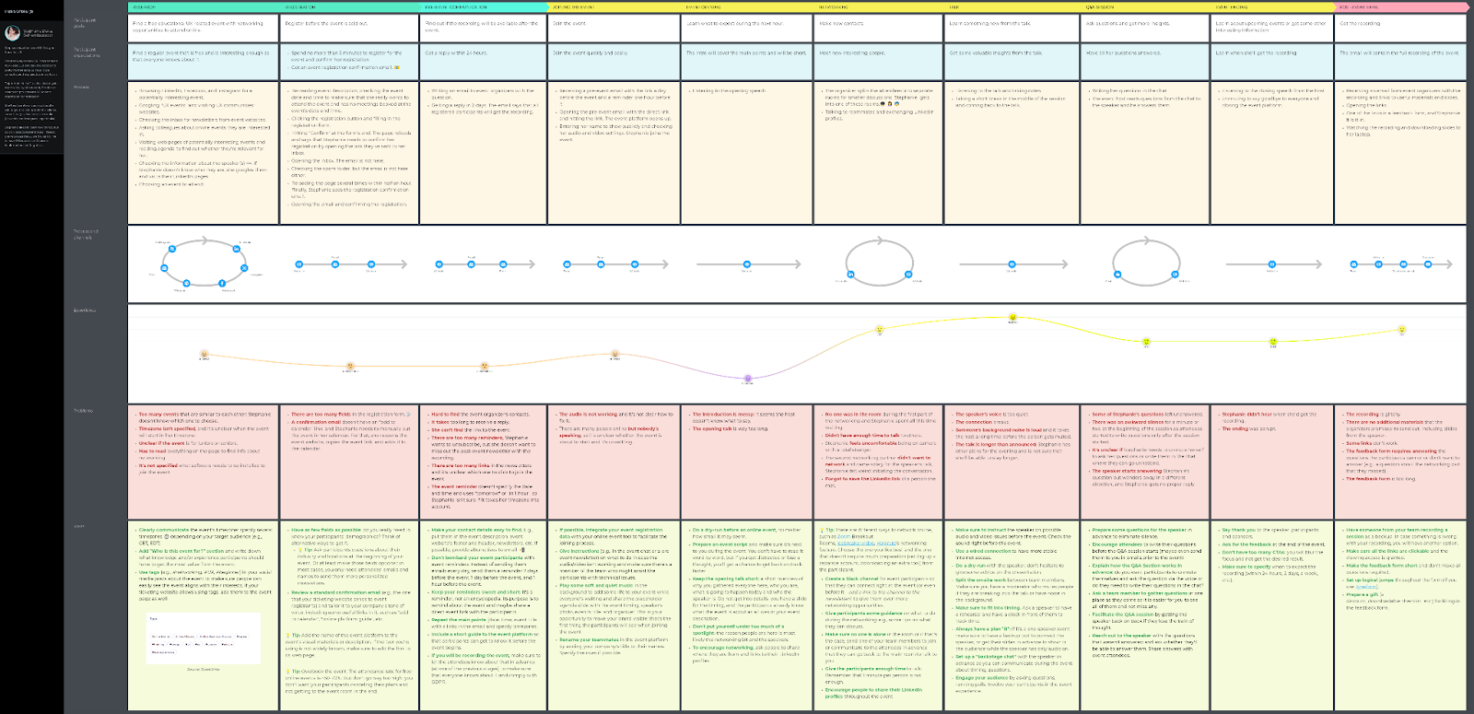
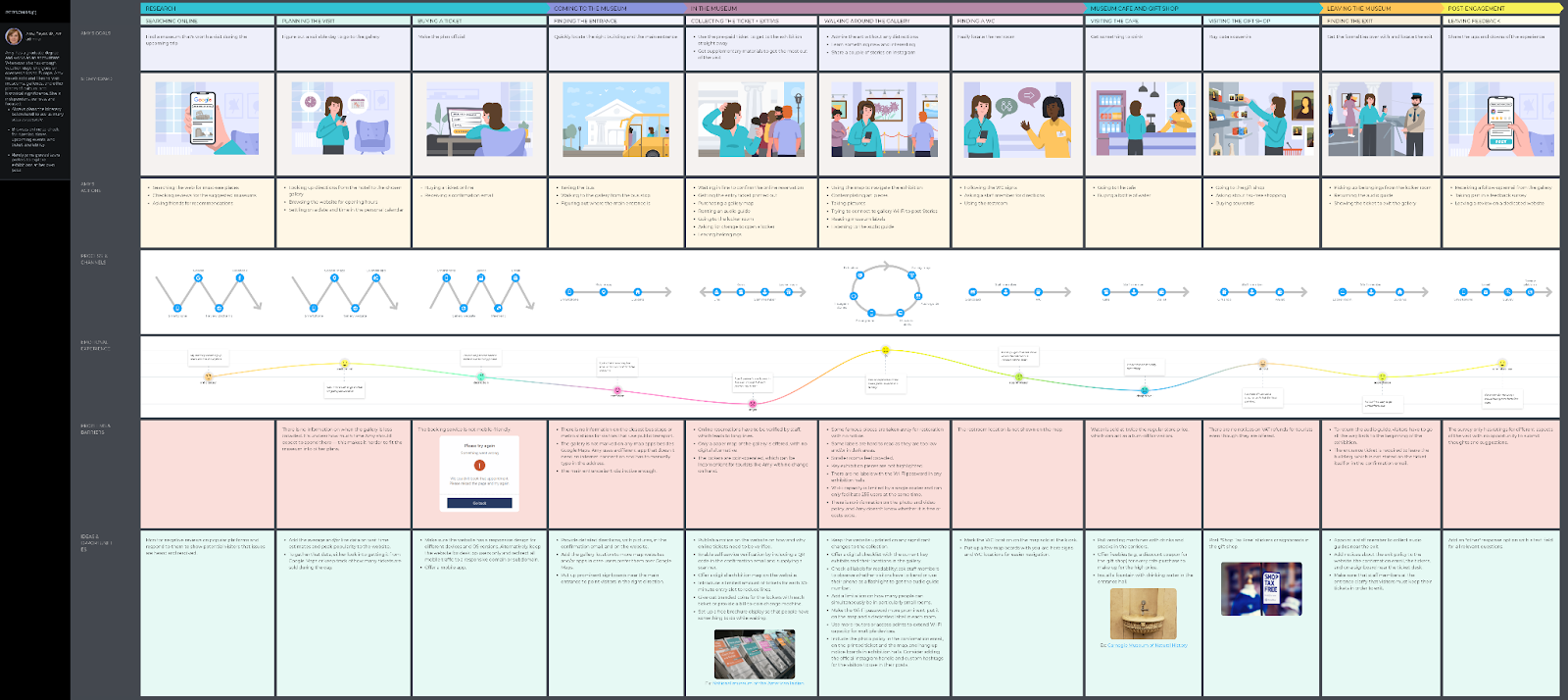
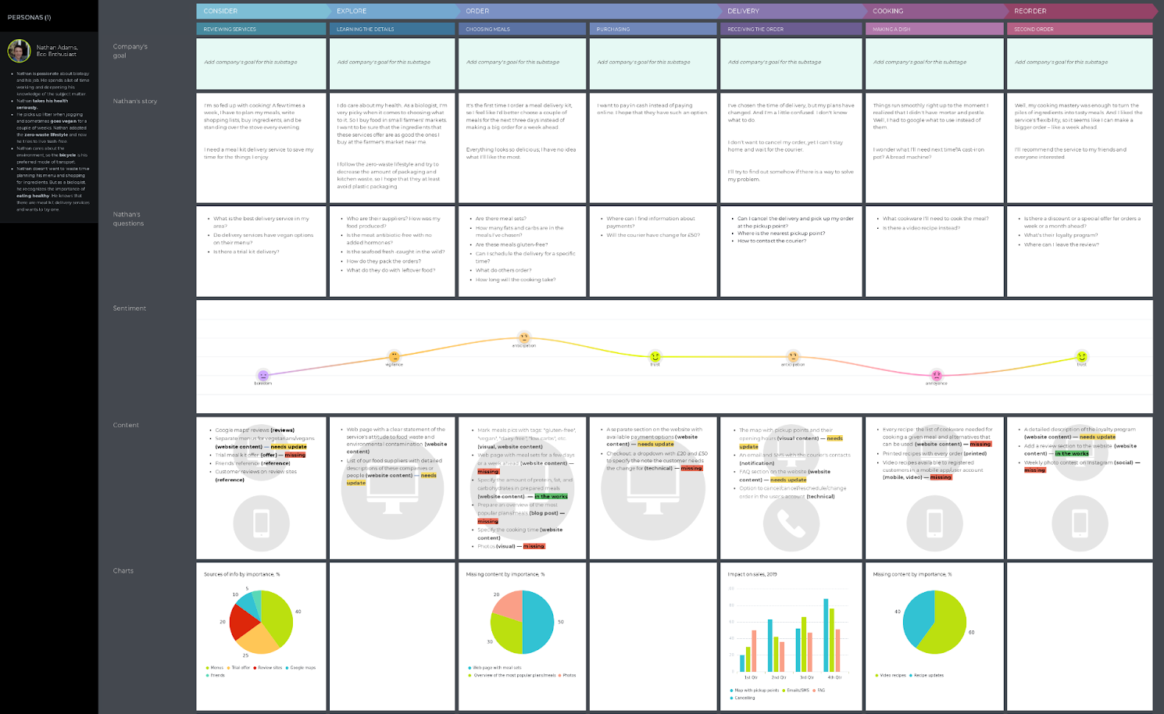
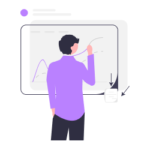
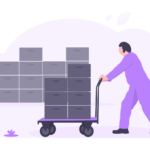
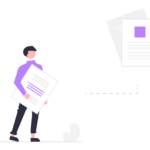



Have heard of two out of three approaches, but the one with using goals to define customer journey phases is a fresh idea. Do you have any advice on how to figure out the right goals and not confuse them with actions?
Hi Tallulah, great question! You can try the five-whys method. Start by formulating an action statement and then ask “Why?”, as in “Why does this persona want to …?”. Take the answer and repeat the process four more times to understand what underlining goals and benefits are hidden beneath. Then, following the technique in the blog post, you should be able to determine the stages of a customer journey.
Great tips! We usually define customer journey stages in a team workshop: get together and write out everything that the customer does on sticky notes, and then rearrange them on a white board and try to group accordingly.
I really liked how you broke down the customer journey into stages we can actually work with, and those real-life tips are super handy